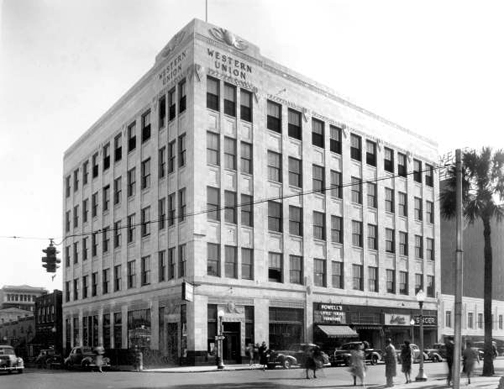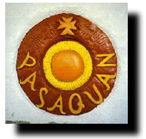 |
|||||||||||||||||||||||||||||||
|
 |
|||||||||
|
The Jacksonville
Museum of Modern Art
Located in the heart of downtown Jacksonville on Hemming Plaza, the Jacksonville Museum of Modern Art is housed in a newly renovated historic building. It consists of five galleries, including a forty foot high atrium gallery, an auditorium for film and lectures, studio classrooms, and the ArtExplorium Loft family learning center. This is the third architecturally significant building that the museum has occupied over the past half century. The Jacksonville Museum of Modern Art has long been one of Jacksonville’s most important cultural institutions. The Museum can trace its roots to 1924 with the formation of the Fine Arts Society, Jacksonville’s first visual arts organization. Its first exhibition was held in 1928 in the then new Chamber of Commerce building. Fine Arts Society president, Mayor John T. Alsop, donated a cash award.  In 1936 the Fine Arts Society joined forces
with W.P.A.’s Federal Art project to launch an experimental art
gallery, the Civic Art Institute. When the W.P.A. project closed in
1943, the organization became the Arts Exhibition Club, with no
permanent quarters. Incorporated as the Jacksonville Arts Club in 1947,
the In 1936 the Fine Arts Society joined forces
with W.P.A.’s Federal Art project to launch an experimental art
gallery, the Civic Art Institute. When the W.P.A. project closed in
1943, the organization became the Arts Exhibition Club, with no
permanent quarters. Incorporated as the Jacksonville Arts Club in 1947,
the 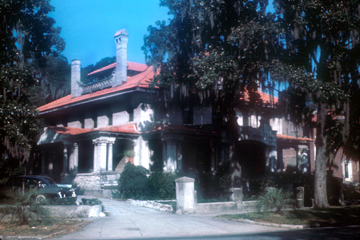 Fleming Mansion on
Riverside Avenue became office and exhibition
space for the Club.
Incorporated as the Jacksonville Art Museum in
1948, this non-profit community cultural and educational institution
remained in the Riverside Avenue location for over 15 years. Fleming Mansion on
Riverside Avenue became office and exhibition
space for the Club.
Incorporated as the Jacksonville Art Museum in
1948, this non-profit community cultural and educational institution
remained in the Riverside Avenue location for over 15 years.From
1966 to 1999 the Museum stood on two acres donated by Mrs. Ira M. Koger
and the Reynolds, Smith and Hills Architectural and
Engineering firm.
The site was projected to be the geographic population center of the
city. Robert
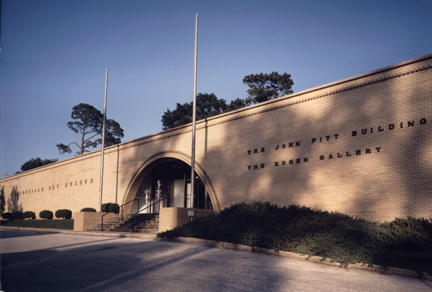 Broward and Taylor
Hardwick designed the
building, named
after John Pitt. The 1966 building
opened primarily as an art center
housing classroom spaces, a hallway gallery, one
small changing
exhibition space, administrative offices and auditorium. Broward and Taylor
Hardwick designed the
building, named
after John Pitt. The 1966 building
opened primarily as an art center
housing classroom spaces, a hallway gallery, one
small changing
exhibition space, administrative offices and auditorium.In the 70’s and 80’s population centers began to shift as residents and businesses moved to suburbs south and east of the city. Gradually, the prosperity seen in downtown Jacksonville and on the city’s Southbank in the first half of the century diminished. Today, through enlightened city leadership, bolstered by a national trend to revive dying inner cities, Jacksonville’s downtown is on the verge of a renaissance. Major hotels, residential housing, and schools are all currently under construction. The Board of Trustees decided the time was right to relocate and the Museum’s Koger Center facility was sold in February 1998 and a search for a downtown location began. In 1978 the Jacksonville Art Museum became the first museum in Jacksonville to be accredited by the American Association of Museums. The museum’s name was changed to The Jacksonville Museum of Contemporary Art (JMoCA) to reflect the Museum’s new mission that focused on the collection and exhibition of current art. In a
move signaling the beginning of a new era, the Museum’s membership and
Board of Trustees voted in August 1999 to change the Museum’s name to
the Jacksonville Museum of Modern Art. The name more accurately
describes the Museum’s permanent collection, which now spans the entire
20th century.
On
November 1, 1999 the Museum acquired the historic Western Union
building, adjacent to the newly renovated City Hall on Hemming Plaza.
Through support from City of Jacksonville, the State of Florida,
corporations, and individuals, 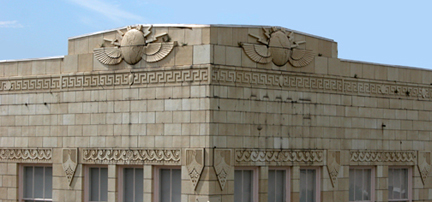 JMOMA completed renovations and hosted its grand opening on May 2, 2003. The new 60,000 square foot, six-floor facility houses the Museum’s permanent collection, traveling exhibitions, educational facilities, a theater, the Museum store, and café. 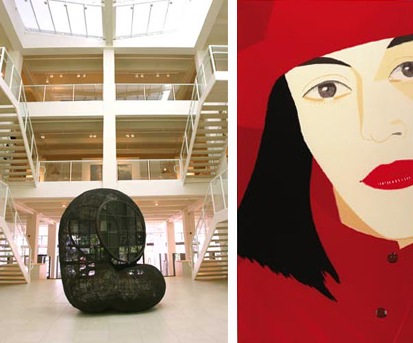 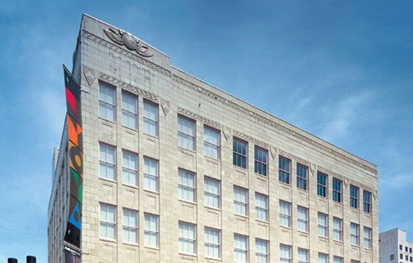
|
|||||||||
|
|||||||||
|
|
|||||||||











